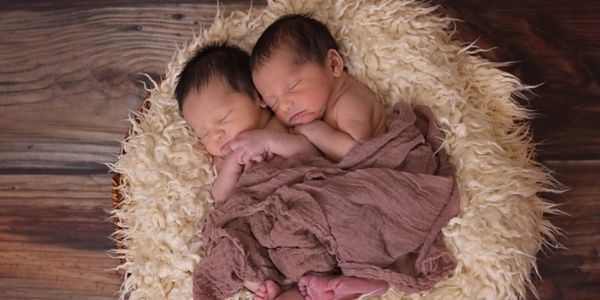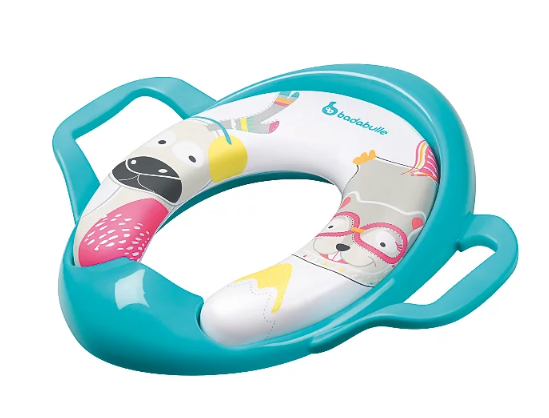

Toilet training and the transition from nappies to a potty, potty to the porcelain bowl is included amongst the myriad of tough tasks that a parent will face!
Unless they’re supremely lucky and their little one transitions smoothly, of course.
For all the parents facing this task, I’ve compiled this quick go-to guide of info and resources to give you some inspiration in your journey away from nappies.
Why is toilet training so important?
It goes without saying that using a toilet is key life skill. Ideally, you want your little one to be able to use a toilet and clean themselves efficiently by the time they reach primary school or even preschool, to avoid your little one having embarrassing accidents and to avoid awkward conversations with their teachers.
The age that a child is truly ready to be toilet trained is a vast spectrum based on individual children and their own emotional, cognitive and physical capabilities, so it is important that we approach toilet training in a gentle manner. I’ll explain the typical signs of readiness below.
Potty Training
It’s thought that a child starts being ‘ready’ to use a potty (or occasionally go straight to the toilet) at around 18 months to 2 years of age. However, you know your child best! Look out for the following signs;
• Showing a new ‘interest’ in toilets
• Pausing play/activity and grabbing their nappy
• Ability to follow basic instructions
• Dry for periods of around 2 hours
• Wearing pull-ups
• Able to sit on and get off the potty with no issues
• Able to pull their clothes back up
• Able to wash their hands
The Angelcare growing up potty* is very popular for first-time toilet trainers!
This potty was developed with the guidance of Child Development Specialists, is adjustable, and grows with your child with its feature of 3 different height options! This allows for a smoother transition to the toilet, as your child will gradually become used to different heights, making the toilet less daunting.
Toilet Training
Using the porcelain bowl is the final step in toilet training your child.
Usually, you’d introduce your child to the toilet once they’re established with the potty and are accomplished at using it without any (or with few) hiccups. Your child, by this point, should be able to communicate with you that they’d like to try the ‘grown up’ potty.
It can be daunting for both parent and child! Imagine having a tiny little butt and having to sit on such a huge seat!
That’s why toilet training seats can be a huge help; they make a toilet seat more comfortable and safer for a child and encourage use of the toilet as the child can no longer fall into the water bum first! Once the kiddo is confident, the seat can be phased out.
This Badabulle toilet seat reducer* is a popular choice amongst our mummies. It makes it safer and more comfortable for little ones to use the toilet.
Tips For Potty & Toilet Training
- Make a chart to log when little one uses the potty; this will help you to predict the next trip.
- Don’t restrict their diet to avoid accidents.
- Remain smiley and happy; this will set them at ease.
- Keep all toilet activities such as hand washing in the bathroom to build up an association.
- If it’s summer, send your child out into the garden with no nappy and a potty!
Useful Resources For Potty & Toilet Training
There are so many useful online resources to support and guide you on the toilet training journey; these three below are the most reliable and comprehensive.
- ERIC (the childrens bowel and bladder charity) have some excellent resources and guides.
- The NHS has a page dedicated to potty training.
- The NCT also has a fab toilet training guide!
Your Health Visitor should also be able to help if you really struggle.
To summarise…
Patience is key, there is no right or wrong technique, and listen to your child – enjoy the learning process together!
Don’t be afraid of accidents. Every child is different and will take to it at different rates to their peers or even siblings. Make sure to reassure and comfort your child.
You can and will succeed!
I hope that this guide helped inspire and prepare you!
Love from Katie & Team BBY. Xx

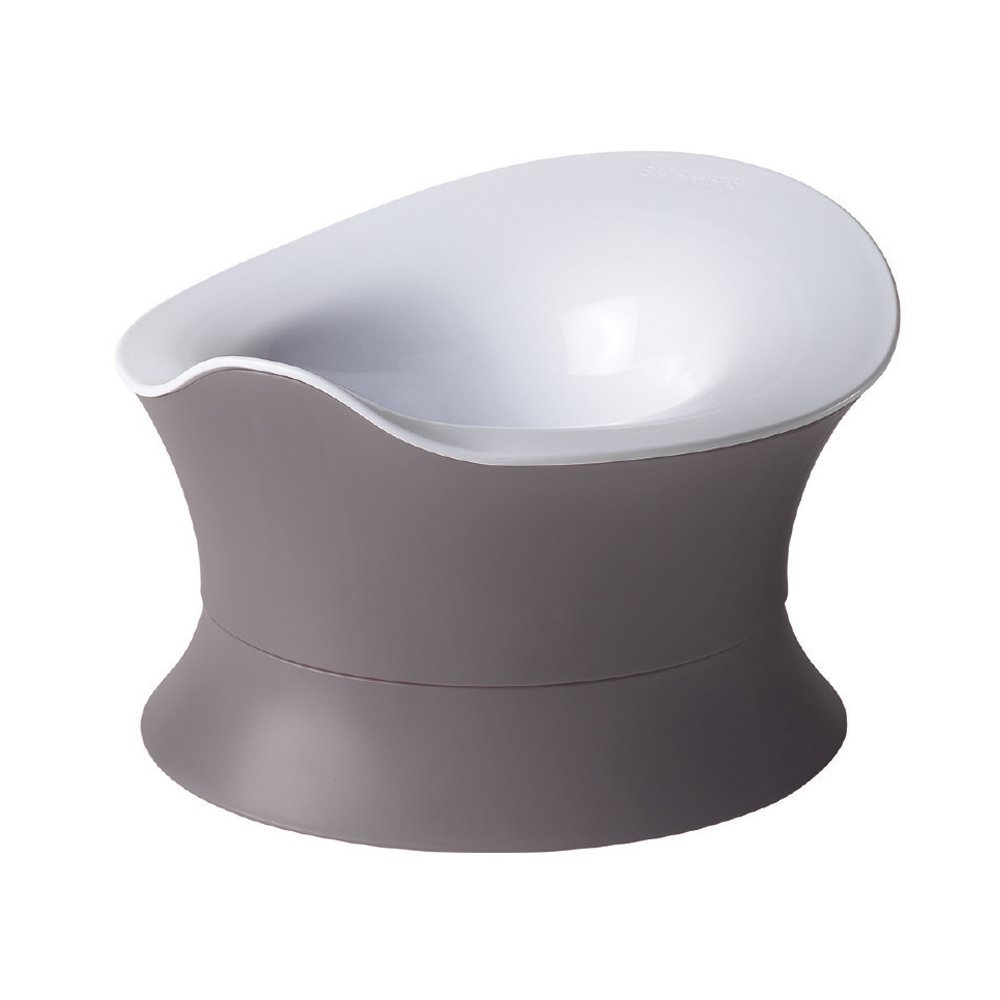

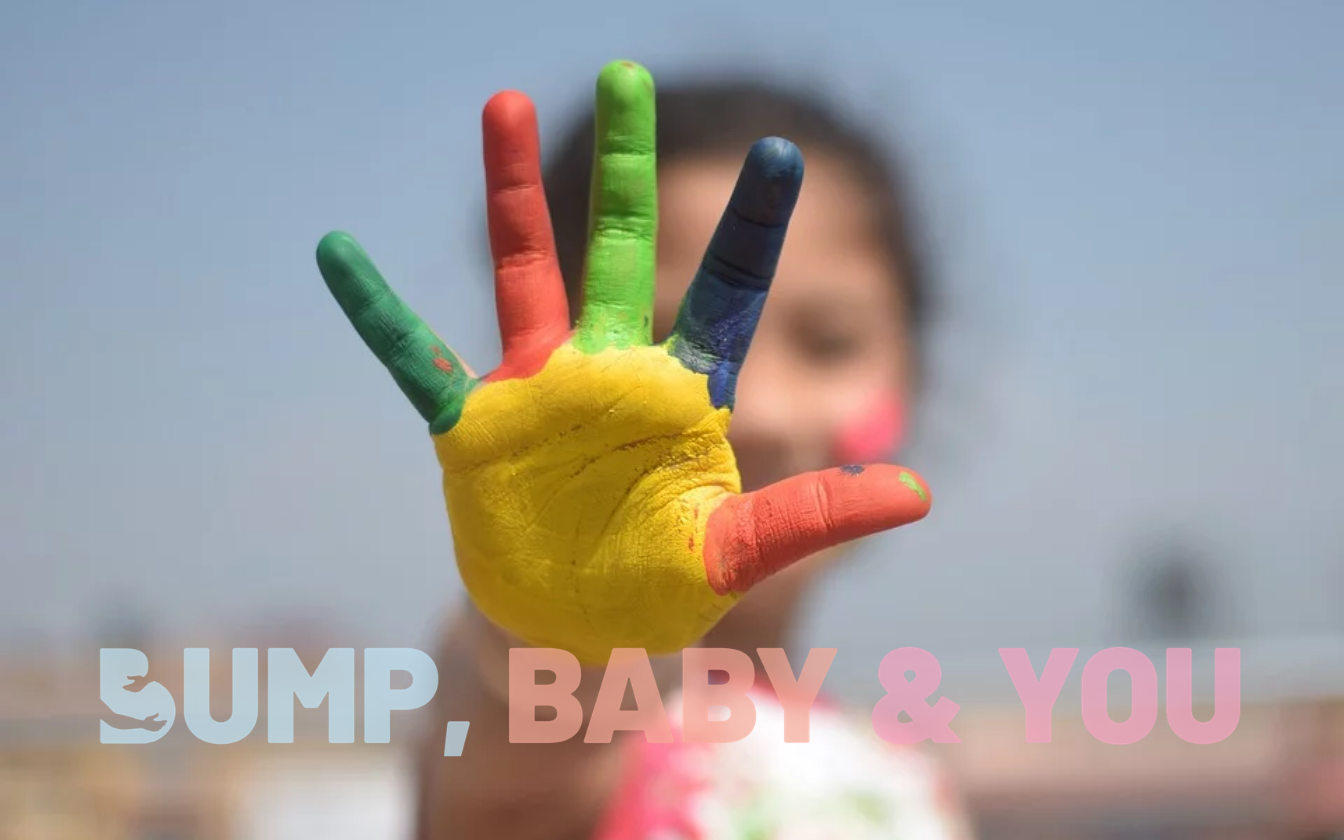
.png)
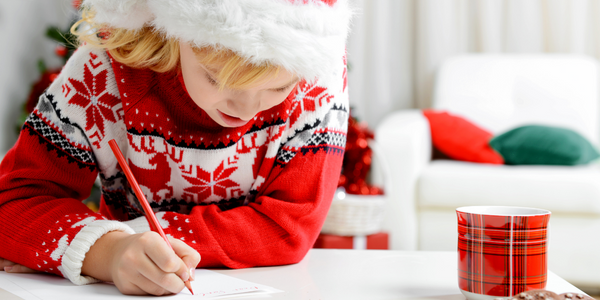
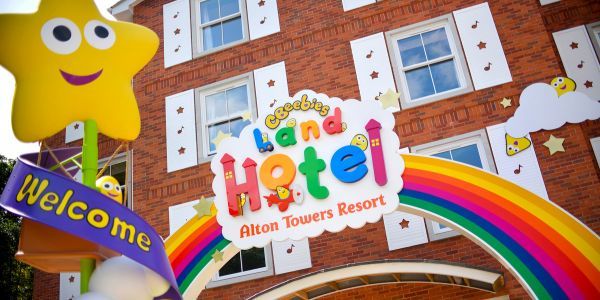
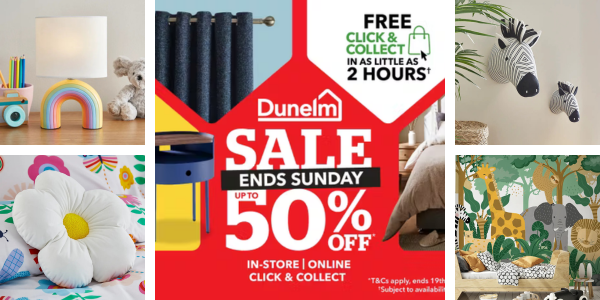
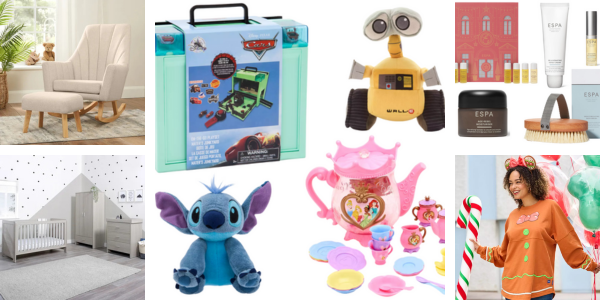
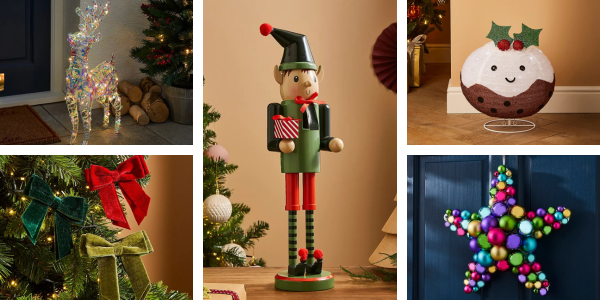
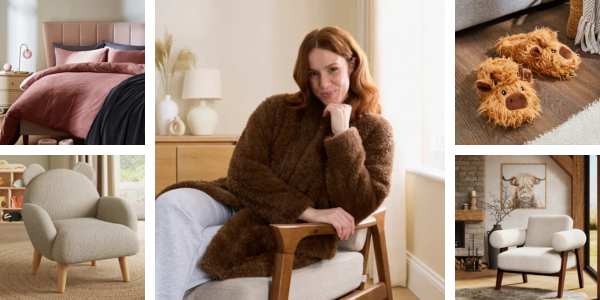
.jpg)
